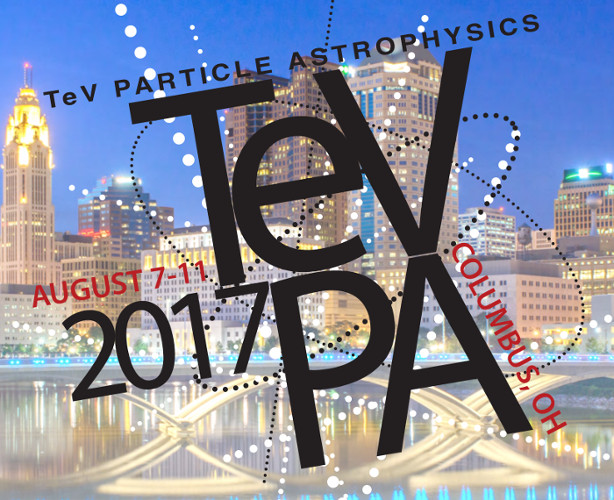Speaker
Description
The various coherent and turbulent components of the Galactic magnetic field have sufficiently high field strengths to alter the arrival distributions of cosmic rays, including those at ultra-high energies.
I will highlight the results of a study considering a realistic GMF model including a persistent turbulent component, and rigidities $R \equiv E / Z \geq 10^{18}$ V reaching sufficiently low values as to describe Fe nuclei at energies above 50 EeV.
In addition to the large scale Jansson-Farrar coherent field, our study investigates multiple realizations of the turbulent field; we vary the coherence length to determine its effect on the arrival distributions.
For each rigidity and field model, the UHECR arrival direction distribution can be determined for an arbitrary source direction, by inverting the trajectories of more than $5 \times 10^{7}$ isotropically-distributed anti-CRs of the given rigidity, which we backtrack using the public code CRT.
Aspects of the arrival direction distributions are examined for dependencies on rigidity and properties of turbulent field realizations.
Except at high rigidity, the pattern of multiple images is very complex and depends strongly on the coherence length and source direction.

